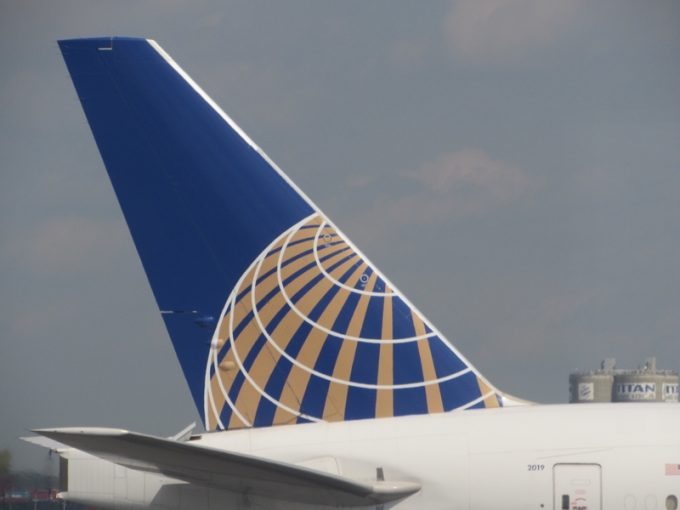Warning to forwarders as US mulls duty waiver on cheaper imports
SME forwarders should not be “betting their businesses” on a continuing flood of Chinese e-commerce ...

US airlines are reluctant to resume China routes they suspended during the pandemic, auguring tight capacity to meet e-commerce demand.
In response to rampant travel demand, airlines have been adding capacity at a brisk clip. The second half of 2023 and January ...
Four crew members still missing as Wan Hai 503 continues to burn
Explosions and 'out-of-control' fire reported on Wan Hai box ship
Predatory rivals circle as the ripples from DSV's Schenker buy widen
MSC Elsa crew face criminal probe, as Wan Hai 503 firefighters battle on
'It's driving us mad', say forwarders as US court fails to end tariff turmoil
Transpacific rates ease as capacity boost proves too much for trades to digest
European port congestion easing – for now
CMA CGM 'testing the water' of the Suez Canal for more services
Flexport: Sanne Manders talks profitability, fire-sales and Dave Clark
DSV insiders hit back at Kuehne & DHL GF – got a 'pro integration' going
More legal trouble in India for MSC: feeder vessel detained after box ship disasters
DHL makes €500m bid to increase its presence in 'fast-growing Gulf markets'

Comment on this article